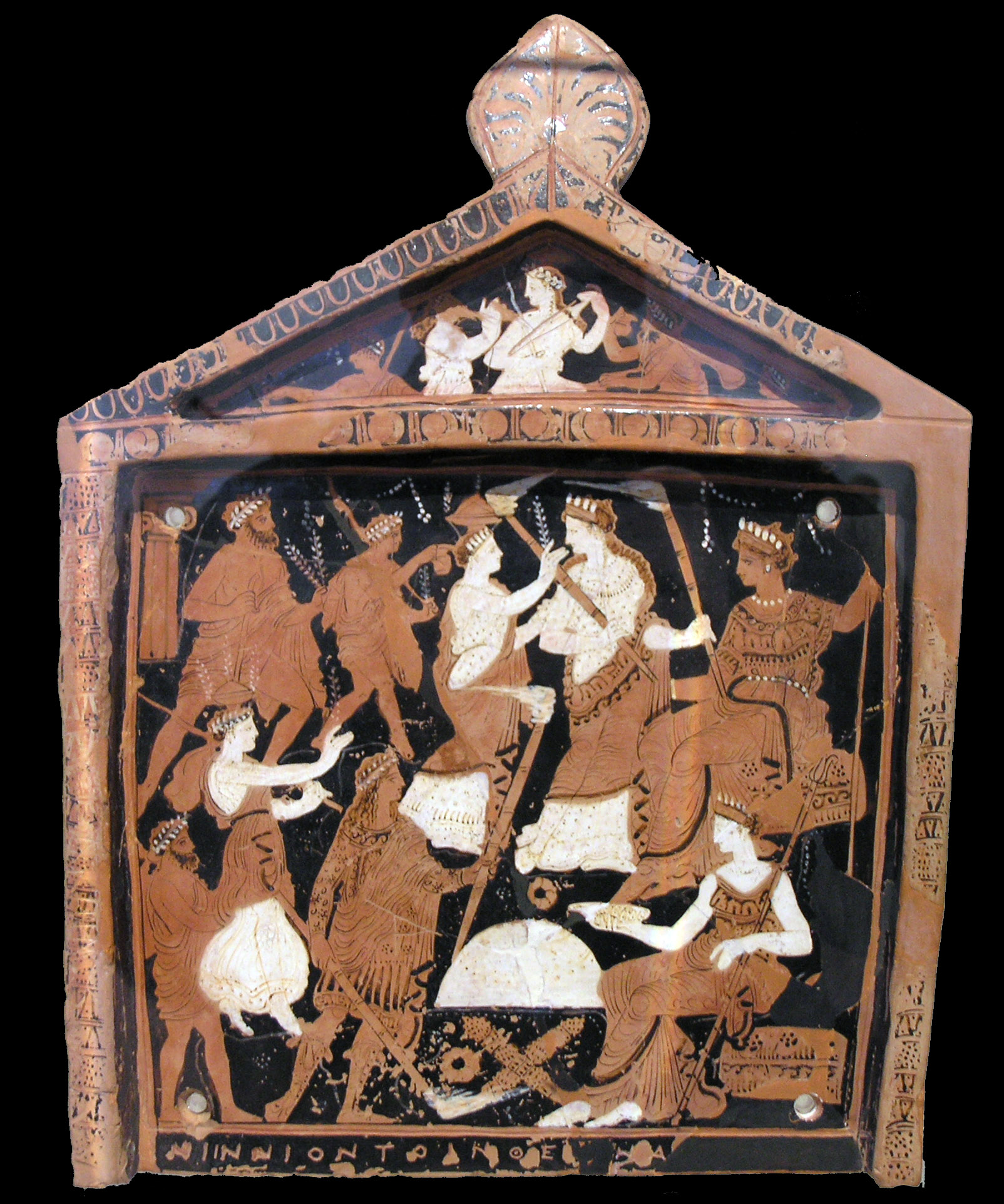
Sponsored by: AIA-Boulder Society

OLYMPUS DIGITAL CAMERA
Sensory studies of embodiment have gained traction in recent years as unparalleled tools for examining the vicissitudes of ancient lived experience. When used in conjunction with cognitive studies, it becomes possible to tease out the links between (over)stimulation, deprivation, and religious transformation. Kinesthetics, in particular, can facilitate a nuanced embodied account of approach, (in)accessibility, and viewshed orchestration, by prioritizing the role of the body in movement within the landscapes and edifices of the built environment. The intersection of space, place, and body within the religious setting of the sanctuary thus becomes a nexus of gradually unfolding experience, understanding, and transformation.
Through a series of three case studies drawn from the 5th-3rd c. BCE, this talk reveals the role of multisensory experience in the religious transformation that lies at the heart of Greek ritual practice by foregrounding kinesthetics as the link between the human participant and sacred built environment.
Notifications